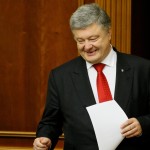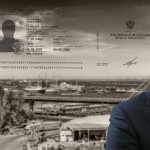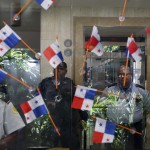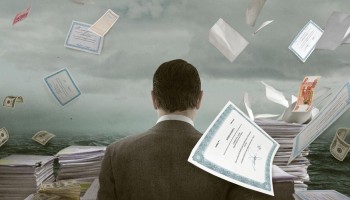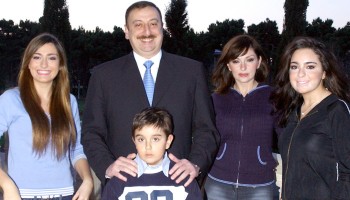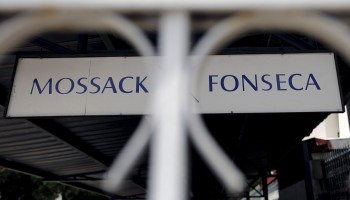Nick Kgopa’s father died when Nick was 14. His father’s workmates at a gold mine in northern South Africa said Nick’s dad had been killed by chemical exposure.
Nick and his mother and his younger brother, who is deaf, survived thanks to monthly checks from a fund for widows and orphans of mineworkers.
One day the payments stopped.
His family was one of many that lost out because of a $60 million investment fraud pulled off by South African businessmen. Prosecutors alleged that a group of individuals connected to an asset management company, Fidentia, had schemed to loot millions from investment funds — including the mineworkers’ death benefits pool that was supporting some 46,000 widows and orphans.
Mossack Fonseca’s leaked documents show that at least two of the men involved in the fraud used the Panama-based law firm to create offshore companies — and that Mossack Fonseca was willing to help one of the fraudsters protect his money even after authorities publicly linked him to the scandal.
Ponzi schemers and other fraudsters who bilk large numbers of victims often use offshore structures to pull of their schemes or hide the proceeds. The Fidentia case isn’t the only big-ticket fraud that appears in the files of Mossack Fonseca’s clients.
In Indonesia, for example, small investors claim a company incorporated by Mossack Fonseca in the British Virgin Islands was used to scam 3,500 people out of at least $150 million.
“We really need that money for our son’s education fee this April,” one Indonesian investor emailed Mossack Fonseca in April 2007 after payouts had stopped.
“You can give us any suggestion something we can do,” the investor asked in broken English after seeing Mossack Fonseca’s name on the investment fund’s advertising leaflet.
In the Fidentia case, Mossack Fonseca’s records show that one of the men later jailed in South Africa for his role in the fraud, Graham Maddock, paid Mossack Fonseca $59,000 in 2005 and 2006 create two sets of offshore companies, including one called Fidentia North America. The law firm’s records say it gave him “the VIP service.”
Mossack Fonseca also created offshore structures for Steven Goodwin, a man that prosecutors later claimed had played an “instrumental role” within the Fidentia swindle. As the scandal broke in 2007, Goodwin flew to Australia, then to the U.S., where a Mossack Fonseca lawyer met with him at a luxury hotel in Manhattan to discuss his offshore holdings, the firm’s internal records show.
The firm official later wrote that he and Goodwin “spoke deeply” about the Fidentia scandal and that he had “convinced Goodwin to better protect” his offshore company’s assets by passing them to a third party.
In his memo, the firm official told colleagues that Goodwin wasn’t involved in the scandal “in any way whatsoever” — he was just “a victim of the circumstances.”
In April 2008, [the FBI arrested Goodwin](132 http://mg.co.za/article/2008-04-08-fbi-nabs-fidentia-fugitive) in Los Angeles and sent him back to South Africa, where he pleaded guilty to fraud and money laundering. He was sentenced to 10 years in prison.
A month after Goodwin’s sentencing, an employee at Mossack Fonseca suggested a plan for frustrating South African prosecutors who were expected to start digging into assets linked to Goodwin’s offshore company, Hamlyn Property LLP, which had been set up to buy real estate in South Africa.
The employee proposed having an accountant “prepare” audits for 2006 and 2007 “to try to prevent the prosecutor from taking actions against the entities behind Hamlyn.” He set off “prepare” in quote marks in his email.
It’s unclear whether the proposal was adopted.
Mossack Fonseca did not answer questions from ICIJ about its relationship with Goodwin. A representative for Goodwin told ICIJ that Goodwin “had nothing whatsoever” to do Fidentia’s collapse “or anything directly or indirectly to do with the 46,000 widows and orphans.”

